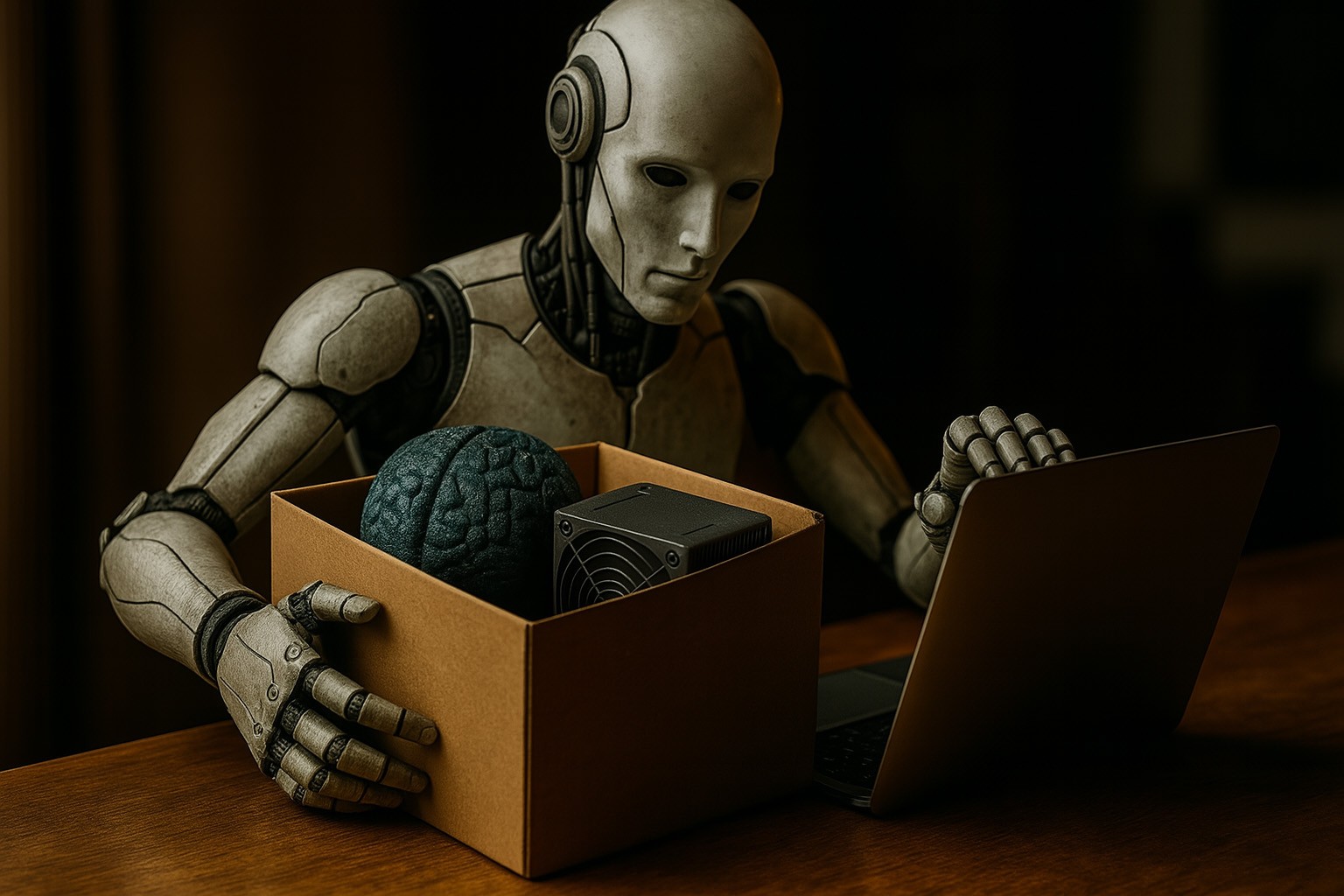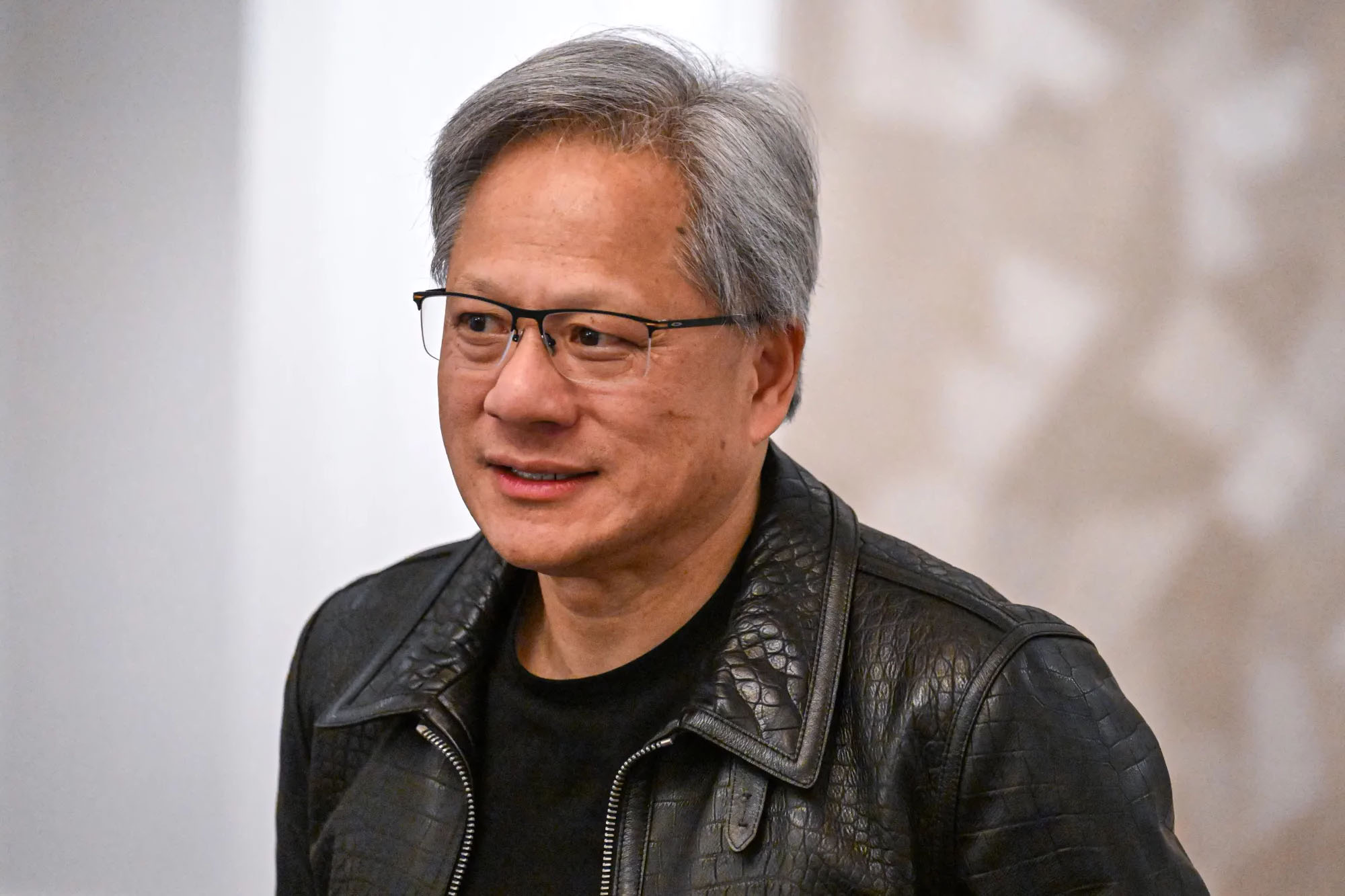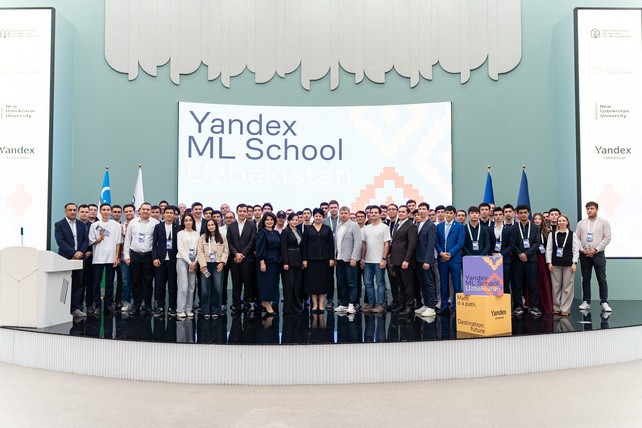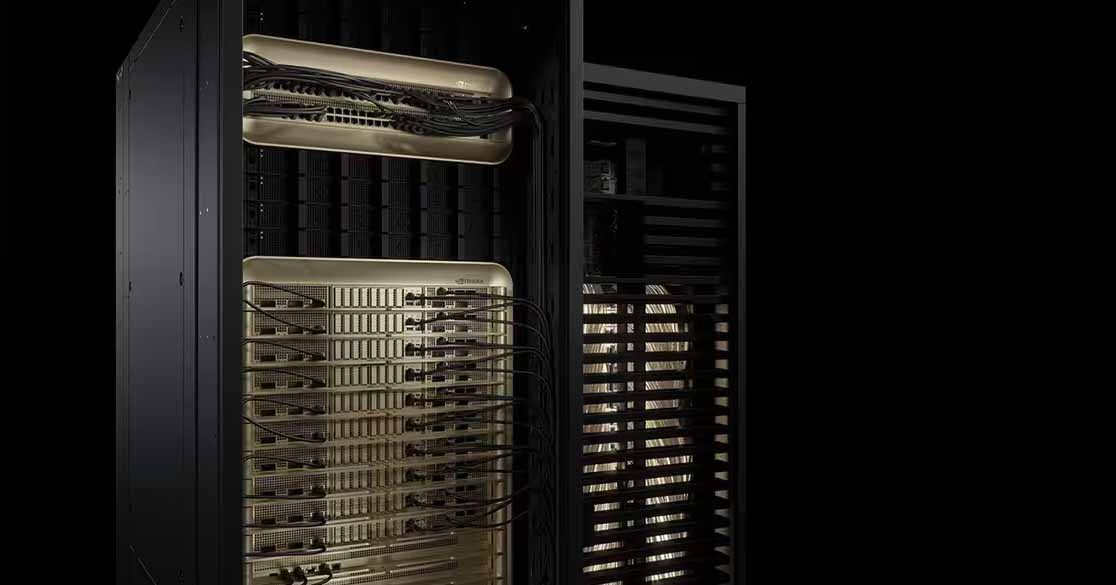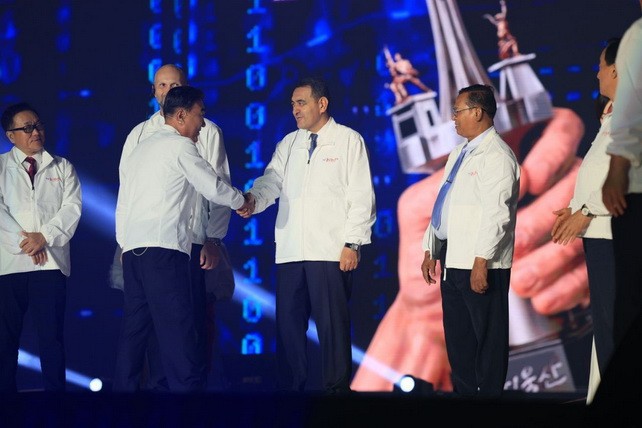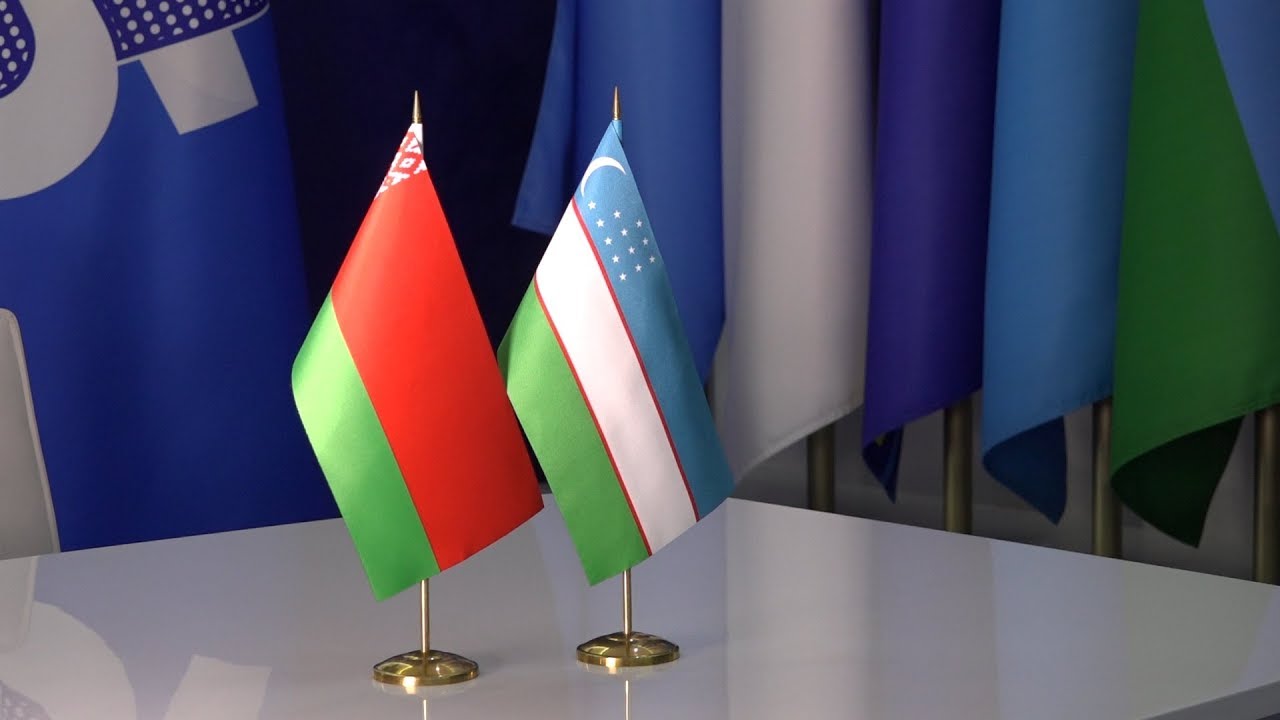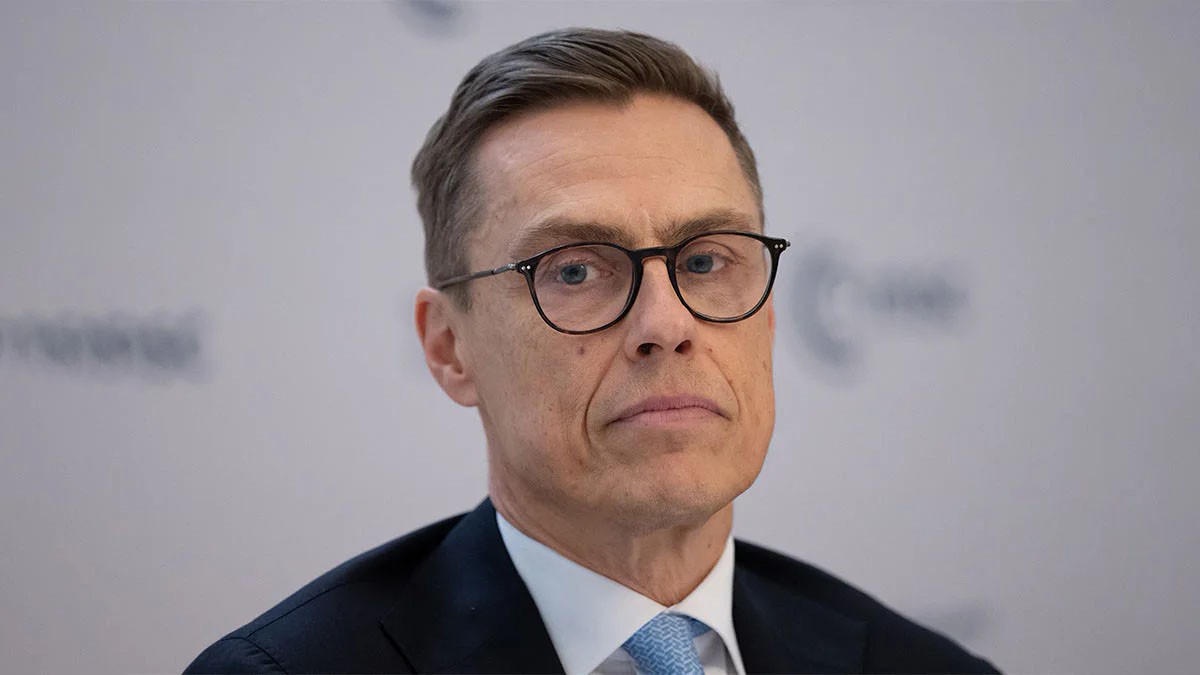Nvidia CEO Jensen Huang, one of the key architects of modern artificial intelligence, said that if he started his career today, he would focus not on programming, but on physical sciences. He made this statement during a visit to Beijing, answering a journalist's question about which way the young Huang would go in the conditions of 2025.
According to him, physical sciences-a field that includes physics, chemistry, astronomy and Earth sciences-would be the main vector of professional development for him. He stressed that he graduated from the university at the age of 20, but if he had the opportunity to make a new choice, he would concentrate on disciplines related to the study of the real, material world.
Huang is a graduate of Oregon State University with a degree in Electrical Engineering and a master's degree from Stanford University. In 1993, he co-founded Nvidia — a company that in 2025 reached a market capitalization of $ 4 trillion and topped the list of the world's largest corporations. Under his leadership, Nvidia has grown from a graphics card manufacturer to a key player in AI and semiconductor technologies.
The shift in emphasis from generative AI to "physical AI", according to Huang, is the next step in the development of the technology. He notes that over the past 15 years, artificial intelligence has gone through several phases: from "perception" (Perception AI), where AI learned to recognize images and sounds, to" generation " (Generative AI), where algorithms began to create texts, codes, images and language models. At the current stage, which he calls "Reasoning AI", systems are already able to analyze, predict and adapt to new conditions.
However, the next frontier is understanding physical reality. Huang argues that the transition to" physical AI " requires a machine's ability to perceive cause-and-effect relationships, inertia, friction, force, and materiality of objects. This knowledge, in his opinion, will become the basis for creating a new generation of robotic systems.
He emphasizes the importance of artificial intelligence being able to understand basic physical principles, such as object constancy (objects continue to exist even if they are not visible), trajectory, and grip strength. All of these abilities are critical for the next technological leap-integrating AI into the physical environment.
When a physical AI is placed in a real device, Huang says, it becomes a robot. It is robotics that is becoming a central focus, especially against the backdrop of massive construction of high-tech factories in the United States and a global labor shortage.
The head of Nvidia is betting that in the next 10 years, the industry needs not so much coders as engineers who can develop AI systems that interact with the world physically. This will be the basis for a new stage of industrialization, in which AI will not just process information, but literally control machines and production processes.



